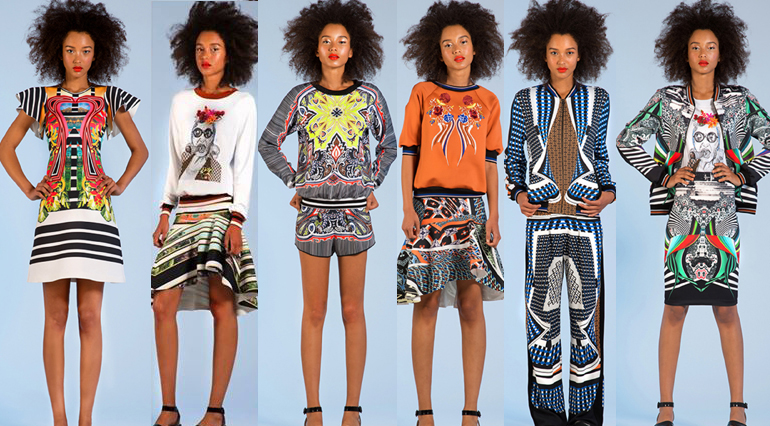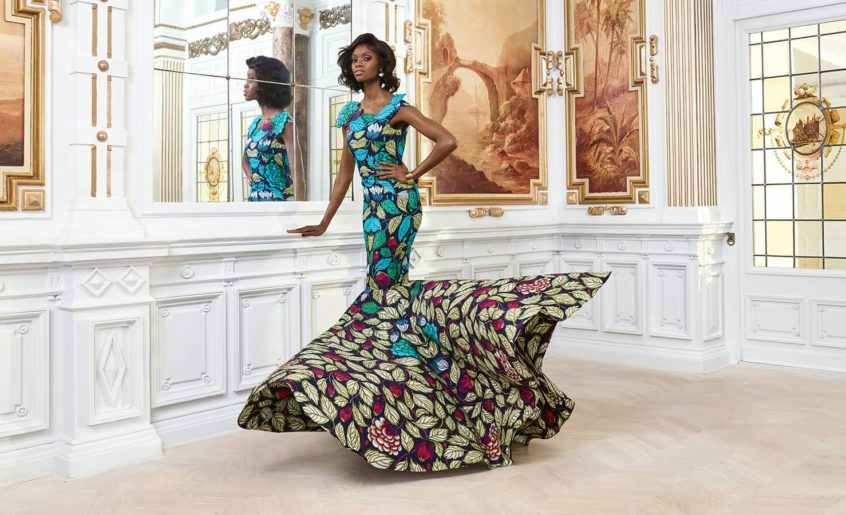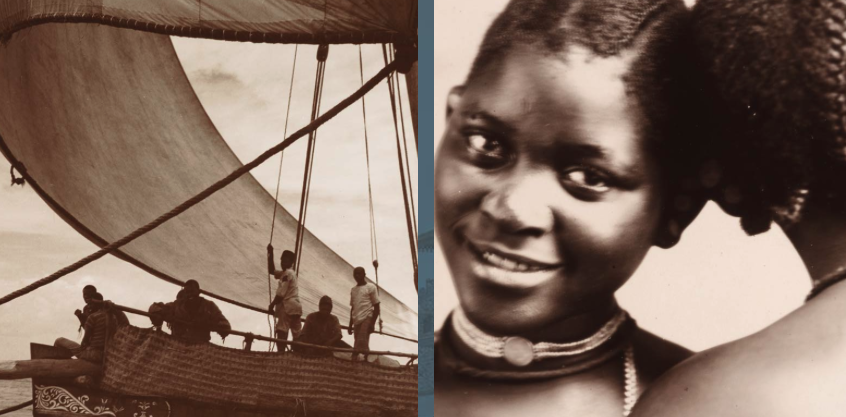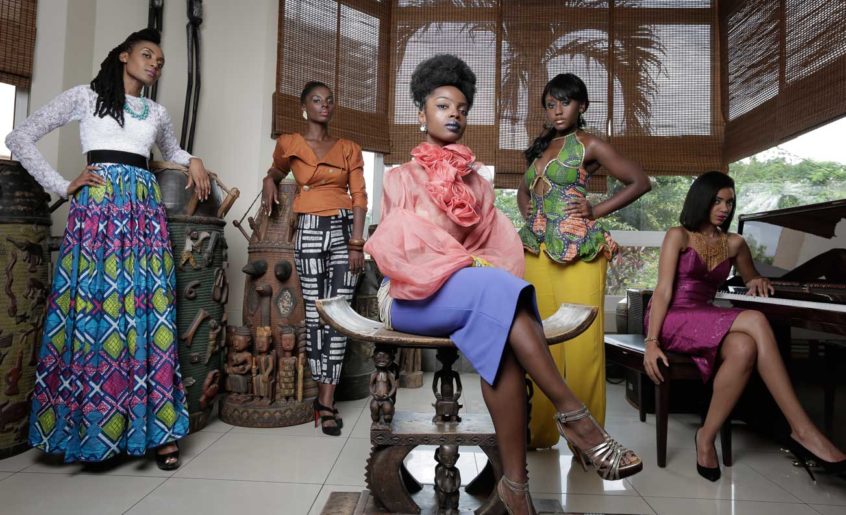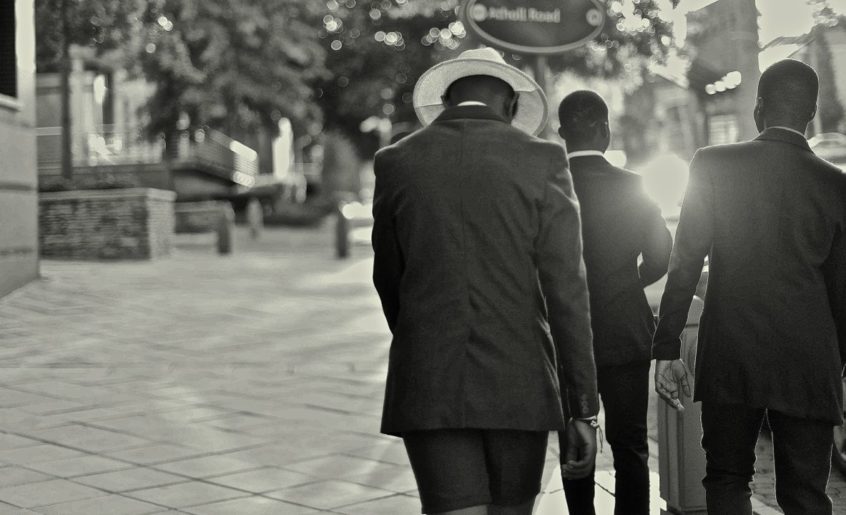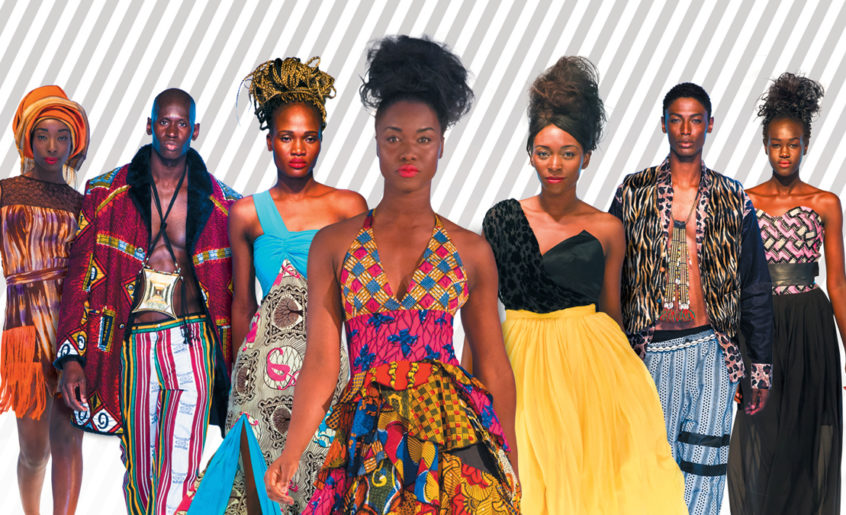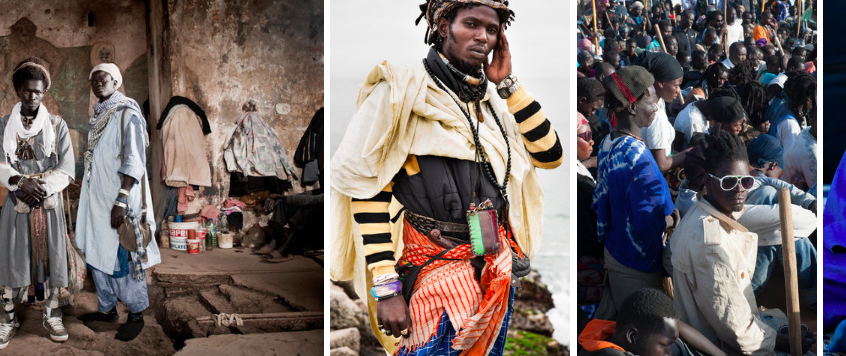The cultural platform Ezibota has published an educational article on African textiles and the regional and cultural diversity the mainstream press and fashion system overlook when appropriating them. Have a read here. “The terms African print, ethnic prints or tribal prints should make you pause. Africa after all is a continent so when designers say African print, Which country out of the 54 that makes up the …
Textiles are the most representative symbol of the globalization of African fashion (Rovine 2014). A young generation of stylists and designers based in various regions of the continent consistently employs them to express and export a style imbued with pan-African pride. The turn to an African-inspired aesthetic able to drive fashion’s regeneration at the global level is evident in the widespread practice of cutting fabric …
Last Monday an article by Robb Young appeared online in Business of Fashion. The article is a sort of blueprint to understand the hype surrounding the African fashion industry and, by extension, to decode the mainstream rhetoric and cultural politics that frame it. Young discusses Africa’s contribution to the global fashion industry, contending, as an increasing number of commentator do, that the continent has the potential to become a …
de genere: journal of literary, postcolonial and gendered studies has just issued its first call for papers. Please make note of it and pass word to anybody who might be interested in contributing to an exciting new publication. The online open-access academic journal de genere offers a space for interdisciplinary research and critical debate in gender and postcolonial studies. The journal will be published …
Last week I stumbled upon the online exhibition Sailors and Daughters: Early Photography and the Indian Ocean curated by Erin Haney, which exhibits photographic documents from the early 20th century of the everyday lives of the maritime societies of East Africa, the Persian Gulf and other Indian Ocean ports. This is a notable curatorial work for many reasons, not least because it shares material that is …
About one year has passed since An African City debuted on YouTube and this web series about five girlfriends in their thirties who relocate to Ghana from the US continues to be one of few audiovisual works aimed at a Western audience that explicitly addresses Afropolitanism. Compared to the host of existing scholarship (Mbembe), online resources, and photographic works focusing on the experiences of cosmopolitan Africans based …
Last week South African photographer and video-maker Anthony Bila released a new volume of his yearly series “Black History March.” The 3-minute video features the fashion duo Sartists and pays homage to 1950s fashion with beautiful visuals and the dandies’s classic styling. Following a project that they have been pursuing for some time and independently of each other, Bila and the Sartists join forces to …
To celebrate its ninetieth anniversary, the next issue of The New Yorker will come out in nine different covers. Each one was handed to an artist with the task of re-imagining the iconic drawing, showing a gentlemen with the beaver hat and monocle (a.k.a.Eustace Tilley), that appeared on the magazine’s first cover of February 1925. One of the nine covers is an oil painting by Kadir …
These past few days I have come across two (more) articles documenting the success of African fashion with Western customers, one by a niche publication, and another one by a major news platform. In both cases, ‘African dress’, a rich signifier encompassing a host of different practices and trends, is reduced to a very specific and limited typology of sartorial fashion, aimed predominantly at …
It is hard to come by information on the vestimentary practices of the Muslim brotherhood of the Baye Fall in the popular press, but last month Nicole Crowder published an article about it in The Washington Post that I will index as an updated reference on the subject of African fashion and devotion. ‘The roots of fashion and spirituality in Senegal’s Islamic brotherhood, the Baye Fall’ is a …
